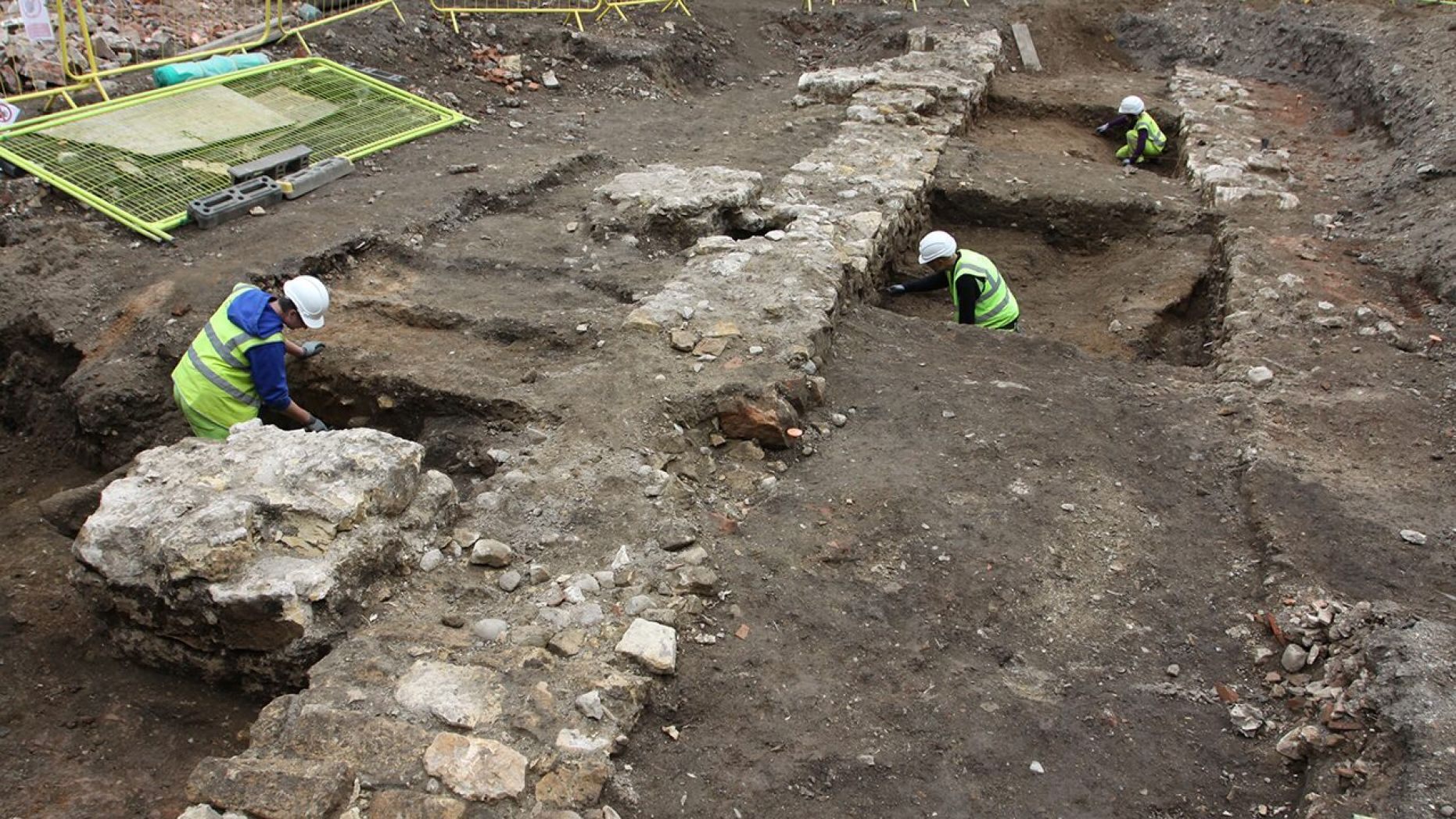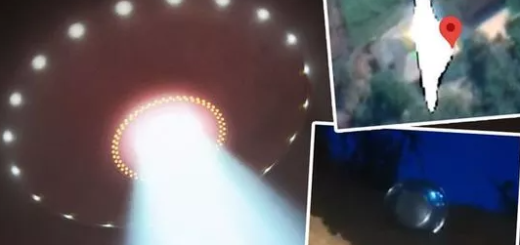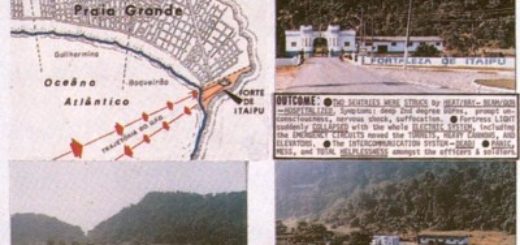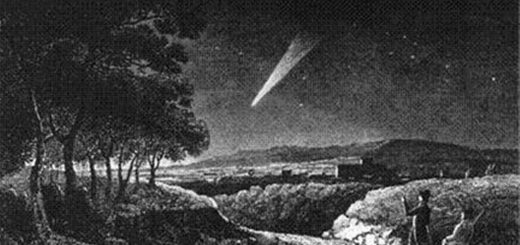Mysterious graves discovered, may be medieval monks’ cemetery

Mysterious graves have been discovered in the ancient city of York in the U.K. that may be part of a medieval monastery’s cemetery.
Archaeologists say that they found human burials and the possible remains of an Augustinian friary during a restoration project at the 14th-century Guildhall in the historic city.
LOST ANCIENT MONASTERY MAY HAVE BEEN DISCOVERED
Structures linked with the medieval friary have been uncovered, including ovens that may have been part of its kitchens, explained the City of York Council in a statement.
“Two large, later walls run through the friary remains and appear to have reused a lot of the friary stonework,” it said. “We have also uncovered a single phase of graves which may date to the later use of the friary. Unfortunately, these were badly disturbed by a later phase of demolition works a few hundred years ago.”
Glass and coins have also been found during the excavation.
‘HESLINGTON BRAIN’ RESISTED ROTTING FOR 2,600 YEARS — NOW SCIENTISTS KNOW WHY
An aerial photograph of the excavation site in York.
An aerial photograph of the excavation site in York. (VINCI Construction UK)
Earlier artifacts dating back to the Roman era have been found beneath the medieval remains. These include Roman painted plaster, roof tiles and plain mosaic tiles.
“However, all these Roman finds have been incorporated into later Medieval deposits and features,” said the City of York Council, in its statement. “It is therefore possible that the medieval Friary was built over the ruins of a Roman building that once occupied the riverfront of Eboracum [as York was known in Roman times].”
An ancient walled city that was founded by the Romans, York continues to reveal new aspects of its rich history. In 2008, a 2,600-year-old brain that was discovered in the city’s Heslington neighborhood shocked archaeologists at the time because it was stunningly well-preserved.
KING OF RAGE: HENRY VIII’S BLOODTHIRSTY LETTER DEMANDS MONK’S BRUTAL DEATH
Roman artifacts were also discovered at the excavation site.
Roman artifacts were also discovered at the excavation site. (City of York Council)
Earlier this year, scientists revealed new research that could explain how the so-called Heslington brain managed to resist decay for so many years.



 Creators of mankind
Creators of mankind Description of “Tall white aliens”
Description of “Tall white aliens” Where they came from?
Where they came from? About hostile civilizations
About hostile civilizations The war for the Earth
The war for the Earth “Tall white aliens” about eternal life
“Tall white aliens” about eternal life Video: “Nordic aliens”
Video: “Nordic aliens” Aliens
Aliens Alien encounters
Alien encounters The aliens base
The aliens base UFO
UFO Technology UFO
Technology UFO Underground civilization
Underground civilization Ancient alien artifacts
Ancient alien artifacts Military and UFO
Military and UFO Mysteries and hypotheses
Mysteries and hypotheses Scientific facts
Scientific facts


















